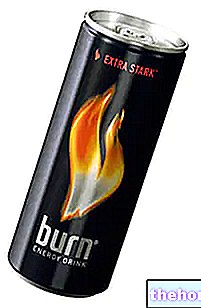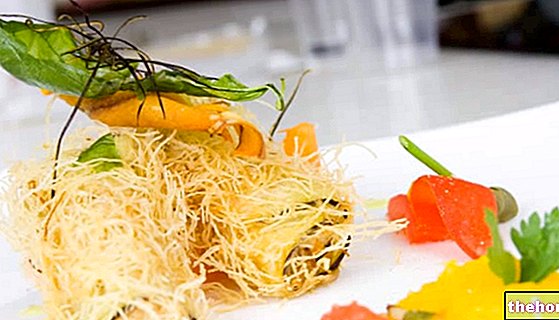Watch the video
- Watch the video on youtube
When it comes to iron, the classic nutritional tables, which show the average content of the mineral in various foods, can be deceiving. What matters, in fact, is not so much the absolute amount of iron, but its bioavailability, that is the actual percentage that our body is able to absorb and use.

The classic example is that of spinach, foods rather rich in iron, but in which the precious mineral is complexed with other substances that severely limit its absorption.
So, before asking which foods are richest in iron, you should know what influences the bioavailability of the mineral in a particular food.
Factors that reduce iron absorption:
phytic acid and phytates, oxalic acid and oxalates: substances contained in plant foods, especially cocoa, whole grains, spinach, legumes and rhubarb; an excess of fiber also limits the bioavailability of the element.
Presence of other minerals: there is a competition for the absorption of iron and zinc; even an excess of calcium can decrease its absorption.
Tea and coffee (tannins), phosphates, some drugs (antibiotics, antacids) and certain pathological conditions (hypochlorhydria, malabsorption syndromes, diarrhea, etc.).
Factors that increase iron absorption:
foods rich in vitamin C and citric acid (citrus);
sugars and amino acids.
In quantitative terms:
healthy people absorb about 10% of dietary iron (this percentage increases to 20-30% in conditions of deficiency); specifically, the intestine is able to absorb between 2 and 10% of the iron supplied by plants (trivalent or non-hemi iron) and between 10-35% of that contained in animal sources (divalent or hemi iron).
In light of this notions, we can therefore approach the nutritional tables with a critical spirit:




























